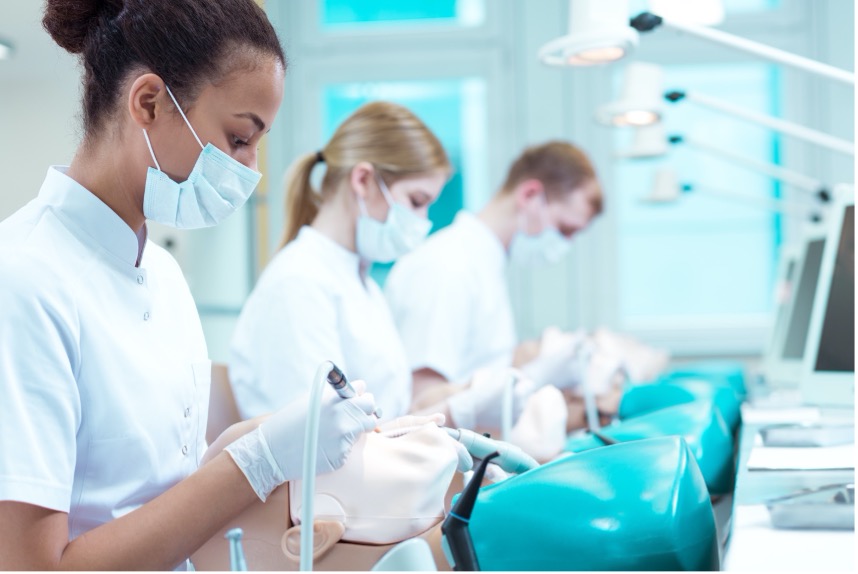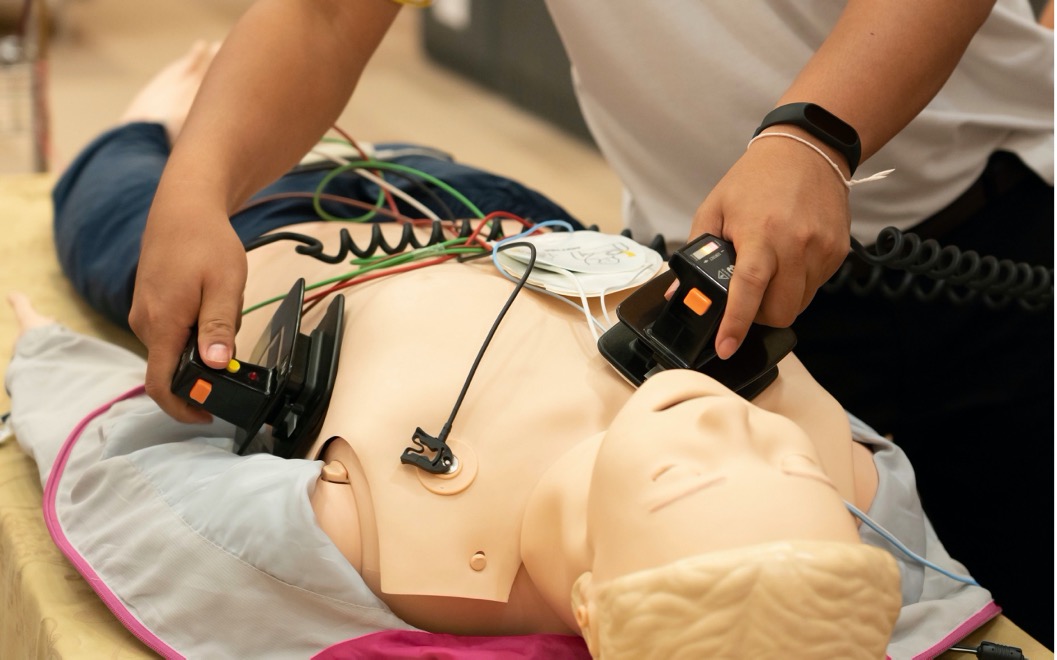Best
Practices for Medical Device User Training

Medical device and combination product manufacturers face the problem of how to ensure users can safely and effectively use their medical products. Most products benefit from users receiving training prior to initial use - medical device user training can minimize errors and increase user confidence.
The methods for training users on how to use medical devices and combination products vary according to:
- Who delivers the training
- Who receives the training (healthcare providers vs. lay users)
- The location of the training (onsite, offsite, remote)
- Whether participants get hands-on experience with the product
- The frequency and duration of the training
- The number of trainees involved in a session
- The training materials used
- How records of training are kept, and
- Whether Continuing Education credits are offered to healthcare providers
Determining
What Training Method Works Best
Through qualitative research, UserWise recently examined what methods of medical device user training are most preferred by healthcare providers. The research explored how these healthcare providers perceived the previous training they received prior to using medical devices or combination products. UserWise interviewed 11 healthcare providers for this study consisting of 3 nurses, 7 pharmacy technicians, and 1 pharmacist. The participants were asked open-ended questions about their favorite/most-memorable training including, but not limited to:
- What training tools, methods, and materials were employed? Which were most effective?
- Who delivered the training?
- How does the hospital determine whether training is required for a given medical device?
- How is competency demonstrated?
- What medical devices require the manufacturer to always offer the training?
- Are there medical devices that require evidence you were trained?
- What types of skills require periodic re-certification?
- Is there typically a delay between training and competence assessment?
Key
Findings

The key findings from the study were as follows:
How should the training be given?
– Hands-on training with demos (demonstration devices) was the most preferred method. This includes having the products or training devices available for extra practice.
– Instruction is desired prior to the hands-on portion of the training.
– Interactive training methods are preferred over lectures.
– Visual handouts, slides, and videos are preferred to supplement the instruction.
– Training programs should be scalable.
- Because different trainee groups (e.g., pharmacy techs, pharmacists, and nurses) can have different responsibilities for the same medical product the training program should be designed to be easily scaled up or down according to needs of the trainees.
– Supervision during a trainee’s first use of the medical product is preferred.
– Continuing Education Units can be used as an incentive for increasing training attendance.
Who should deliver the training?
– Whether the trainer comes from the manufacturer or the hospital is irrelevant as long as the person leading the training is knowledgeable and trustworthy. The trainer needs to be completely knowledgeable about the medical product, such as having expertise on the product itself, in addition to the clinical application and regulatory environment.
Where should the training take place
– The exact location (onsite/offsite/remote) is not a major factor as long as the location offers an opportunity for hands-on experience.
When should the training take place
– The scheduling of training should be flexible to accommodate the trainees’ work hours.
– Onboarding needs to occur before the user has to use the medical product clinically.
– Retraining and/or testing competency 3 months after training should be considered.
The strongest conclusion reached through this research is that hands-on training is the most preferred method of training for healthcare providers. Expert trainers, including “superusers,” should be employed. The trainers should, in turn, be empowered with demonstration devices and high-quality audiovisual material to supplement the training. For the best training outcome for your product, you should consider incorporating these principles into your training program.
Next
Steps
If you are looking for help in planning your medical device user training program, or conducting research to optimize your program, UserWise stands ready to help. We’ve helped many medical device companies refine their medical product training program, we can do the same for you.
- Contact us today to set up a free consult and learn more about how we can assist in getting your medical product to market.
- Check out UserWise’s human factors services.
- Learn more about our usability engineering expertise.
(The author wishes to thank to Jim Goss for his contributions to this post.)
︎ Denise Forkey | April 21, 2021
Related Posts


